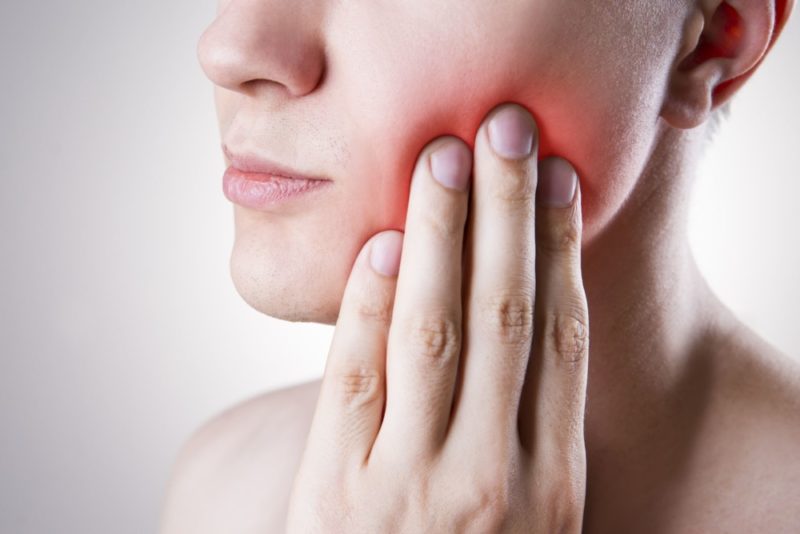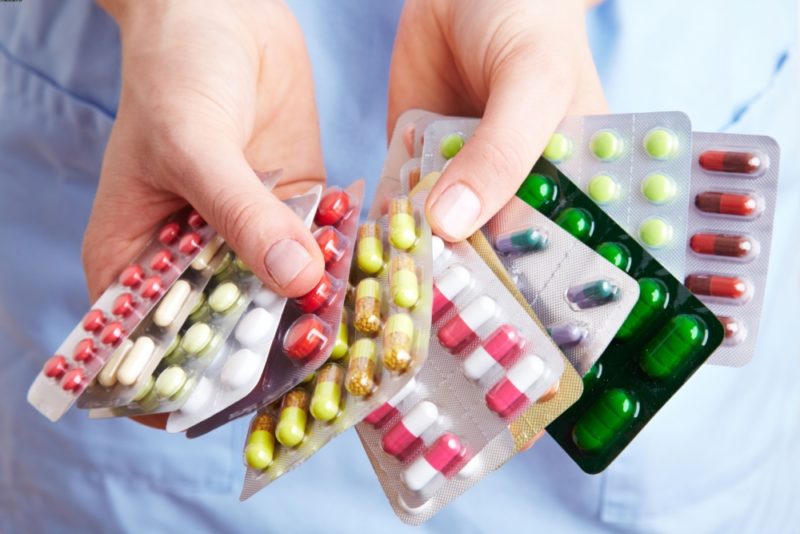To achieve the desired effect of the drug, you need to know why Nimesulide helps, and in which cases it is worth paying attention to other means. It acts as an anesthetic, but may not be used in all cases. The medicine has contraindications and side effects, so use it with caution.
Material Content:
What helps Nimesulide
The instructions for use of Nimesulide contain a complete list of indications for using the drug.
It includes:
- gout of unspecified genesis;
- toothache;
- lumbago conjugated with sciatica;
- arthritis of a rheumatoid or unspecified type;
- dorsalgia;
- joint pain
- sciatica;
- enthesopathy of an unspecified nature;
- polymyalgia of rheumatic origin;
- joint pathology due to psoriasis;
- soreness localized in the lumbar region;
- arthrosis of unspecified etiology;
- radiculopathy;
- muscle pain
- spondylitis of the ankylosing type;
- pathology of the tendon and synovial membrane of unspecified etiology;
- spinal osteochondrosis;
- soreness in the joints;
- dysmenorrhea of unspecified genesis;
- pathology of the articular bag;
- pain in the head area;
- injury of an unspecified nature;
- complications after therapeutic or surgical treatment;
- acute pain syndrome;
- sprain, dislocation or damage to the capsule or ligament of the joint of any location;
- injury to tendons and muscles in an unspecified area of the body;
- tendenitis.
If there are indications for the use of the drug, the optimal dosage for a particular case and patient is selected. Nimesulide is classified as a non-narcotic pain medication.It is included in the group of non-steroidal anti-inflammatory drugs, and in structure it is sulfanilamide. The medication provides not only an analgesic, but also an antipyretic effect. This explains the wide range of uses of the drug.
Attention! Nimesulide is produced in the form of a powder for the preparation of a suspension and tablets for systemic therapy, as well as in the form of a gel for local.
The active component of the drug inhibits cyclooxygenase, which is responsible for the production of prostaglandins. These substances belong to inflammatory mediators and provide its characteristic signs (pain, swelling, redness, local temperature increase). As their amount in the blood decreases, the symptoms of the disease become less pronounced.
The use of Nimesulide in the pathology of the musculoskeletal system is due to a decrease in the concentration of histamine and urokinase in the blood. As a result, lysis of cartilage cells is prevented. Local drugs are used to treat the joints, while the active substances do not interact with other drugs and do not have a systemic effect. The medicine refers to symptomatic therapy, while not affecting the general course and progression of the disease.
Instructions for use and dosage
Nimesulide tablets contain 100 mg of the active ingredient. For adults and children from 12 years old and weighing at least 40 kg per day, you need to take 1 tablet in the morning and evening. The medicine is better absorbed after eating. It should be washed down with water to achieve a faster effect. The maximum amount of active substance per day is 200 mg.
When using a powder to prepare a suspension, the contents of one sachet are dissolved in 100 ml of water. But only Nimesulide's analogues have this form of release. The concentration of the active substance remains the same as that of tablets (0.01 g). Therefore, the regimen is not different from that of the original drug.
During pregnancy and lactation
During the bearing of the child and lactation, Nimesulide is not prescribed. If there is a need for treatment with the product during the period of feeding the baby, it is recommended to transfer it to an adapted milk mixture. This will avoid possible complications for the child's body.
Drug interaction
NSAIDs have a powerful systemic effect on the body. Therefore, combine them with other medicines with caution.
Especially strongly with Nimesulide interacts with several groups of drugs:
- glucocorticosteroids and antiplatelet drugs - increase the possibility of developing a gastrointestinal ulcer and bleeding from it;
- diuretics, angiotensin-converting enzyme inhibitors, angiotensin II antagonists are ineffective, increase the risk of complications in patients with kidney or heart pathologies;
- anticoagulants - act stronger, require control of the coagulation system of the body;
- lithium preparations (against mania) - provoke its accumulation in the blood, because of which concentration control is needed;
- antiepileptic, antituberculosis, antimycotic drugs, amiodarone, methyldopa, methotrexate, amoxicillin - the toxic effect on the liver is enhanced;
- cyclosporins - increased toxic effects on the kidneys.
Drug interaction occurs only when the drug is taken orally. When applied locally, such an effect does not occur on each other, which is associated with the absence of active metabolites in the blood with this method of treatment.
Contraindications, side effects and overdose
Since the drug has a powerful systemic effect, its purpose is not possible in all cases.
Contraindications to the use of Nimesulide are:
- an allergic reaction to the components of the drug;
- polyps in the nose or sinuses, bronchial asthma along with hyperreactivity in relation to other NSAIDs;
- the period of feeding and bearing the child;
- ulcers and erosion of the digestive tract;
- age under 12 years old;
- treatment with drugs that have a toxic effect on the liver;
- GI bleeding
- severe renal or liver failure;
- recent aortic and coronary artery bypass surgery;
- cerebral hemorrhage;
- nonspecific ulcerative colitis;
- pathologies of the blood coagulation system, including hemophilia;
- Crohn's disease;
- excessive alcohol consumption;
- a history of hepatotoxic reactions;
- increased concentration of potassium in the blood;
- heart failure in the stage of decompensation.
To use the gel as a local remedy, it is not allowed to apply it to damaged areas of the skin and use it in case of abscess infections. In some cases, it is possible to develop side effects even with the right dose.
Among the unpleasant symptoms are noted:
- allergic phenomena (itching, urticaria, Quincke's edema, less commonly anaphylaxis);
- damage to the nervous system (dizziness, irritability, nightmares, pathological fatigue, Reye's syndrome, headaches);
- hematopoiesis disorders (anemia, an increase in the number of eosinophils, a decrease in the concentration of platelets and purpura against the background of this condition, the absence of granulocytes);
- digestive system diseases (stool retention or its frequency, gastrointestinal ulcers, increased liver transaminases, vomiting, nausea, abdominal pain, melena, stomatitis, gastrointestinal bleeding, liver inflammation, including fulminant, cholestasis, jaundice);
- general phenomena (edema, asthenia, decrease in body temperature);
- skin lesions (itching, increased sweat, rashes, dermatitis, redness, Lyell syndrome, exudative erythema multiforme, irritation, local increase in body temperature, desquamation, desquamation);
- disturbances of the heart (arterial hypertension, increased heart rate, hot flashes);
- diseases of the excretory system (blood in the urine, dysuria, insufficient renal function, delayed separation of urine, inflammation of the renal interstitium, oliguria);
- pathology of the sensory organs - impaired vision;
- damage to the respiratory system (asthma attack, shortness of breath, bronchospasm).
The development of side effects, in addition to skin symptoms, usually occurs only with systemic therapy. Local treatment with ointments in a limited area is not accompanied by the development of adverse events. In case of an overdose of powder or tablets, typical signs of poisoning occur: fatigue, apathy, nausea, vomiting, abdominal pain. Less commonly, it is accompanied by bleeding from the digestive tract, hypertension, the development of kidney failure, respiratory failure and a transition to a coma. This requires immediate medical attention in order to save the patient's life.
Nimesulide refers to potent drugs, so its use should be agreed with the attending physician. It can cause serious side effects, but it has a high level of effectiveness. Observing all contraindications and restrictions, the risk of developing adverse events is minimized.

















